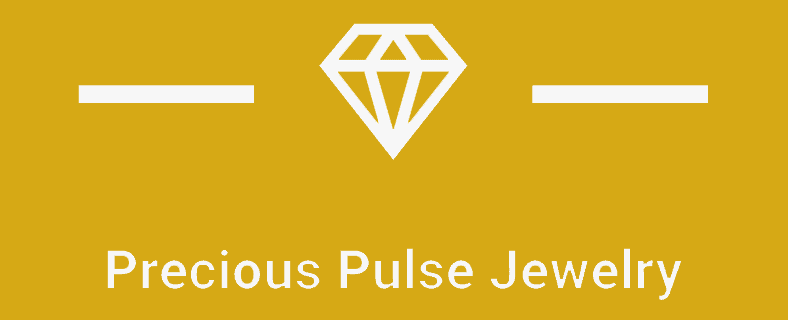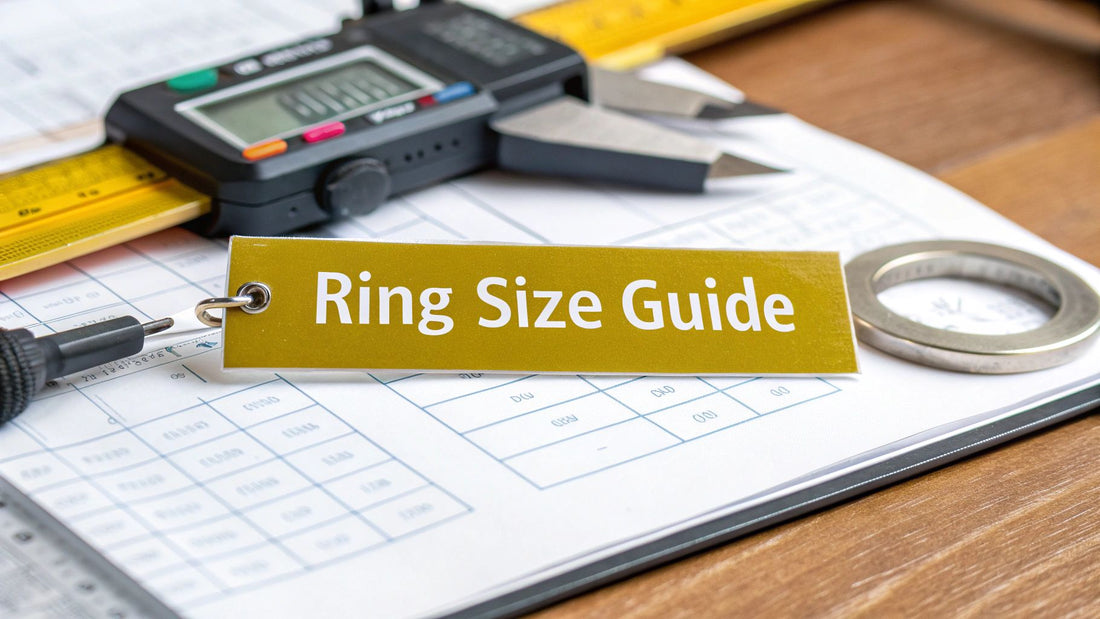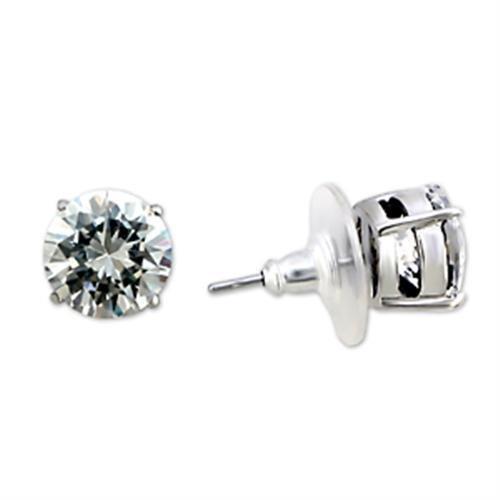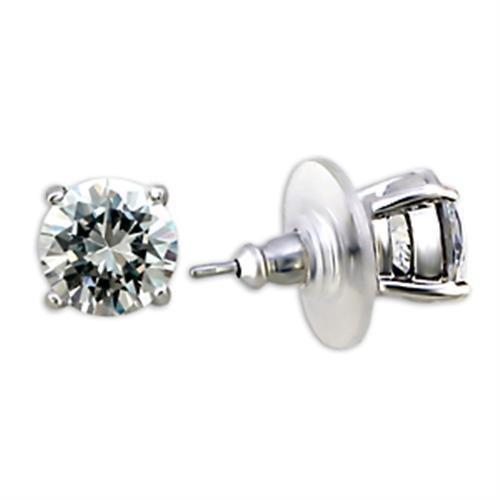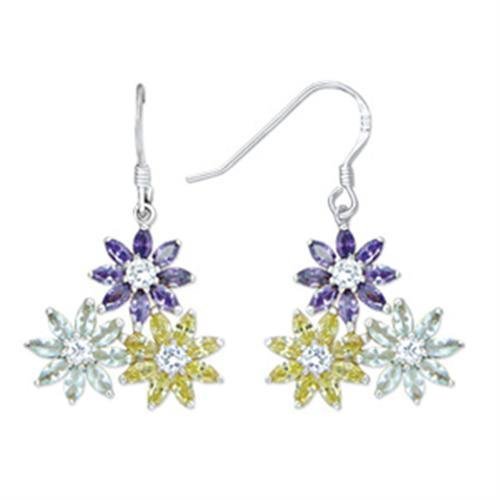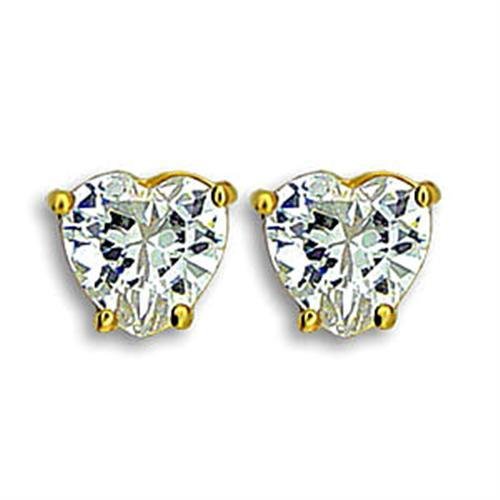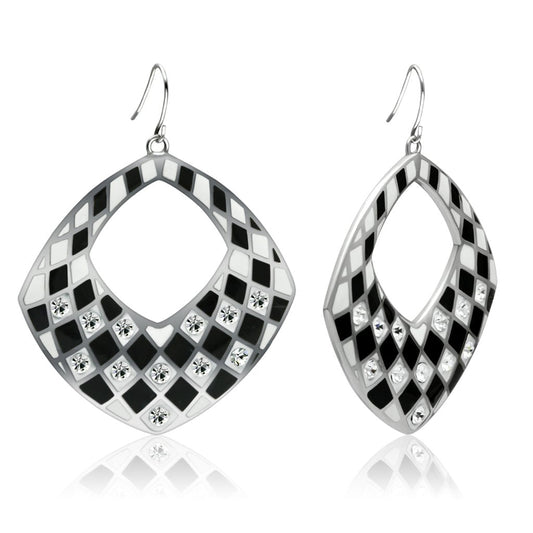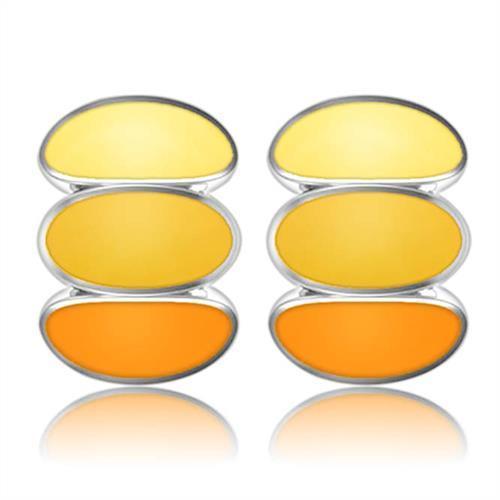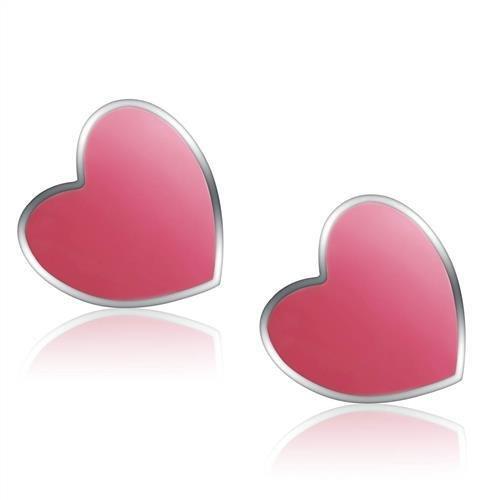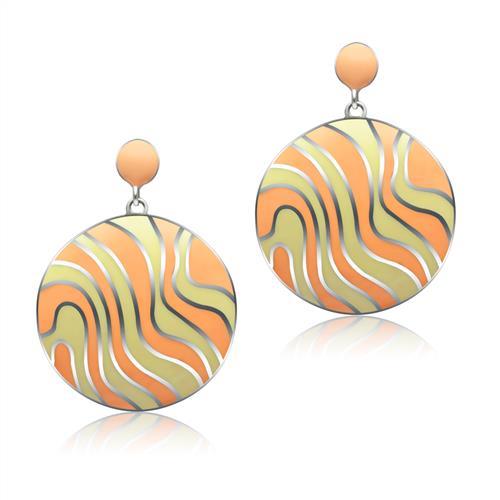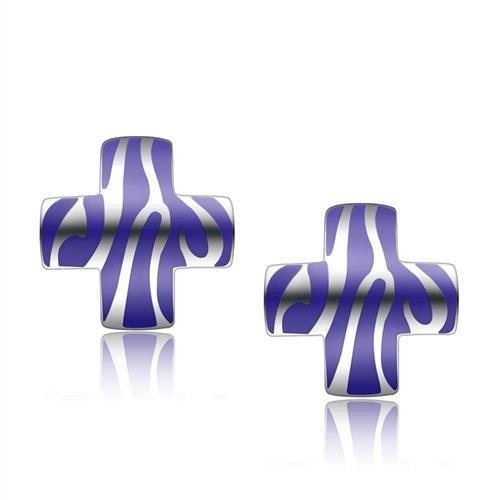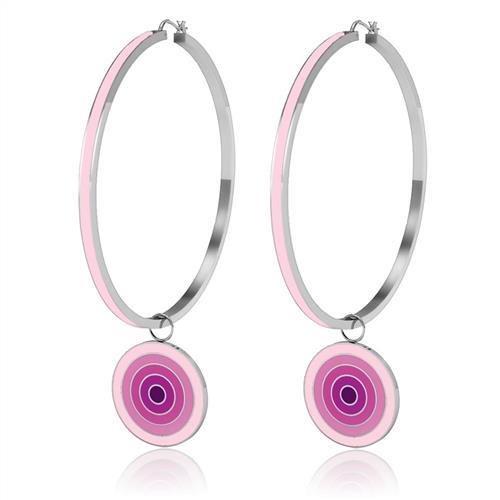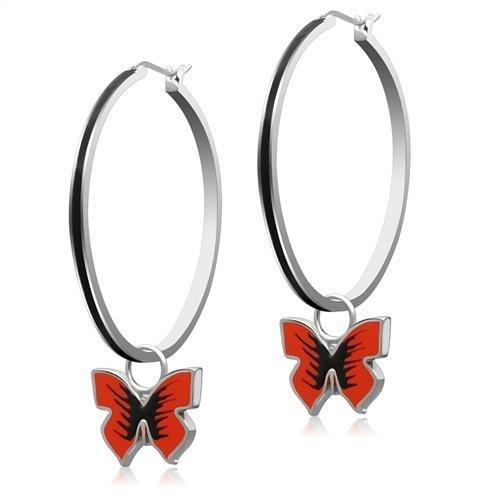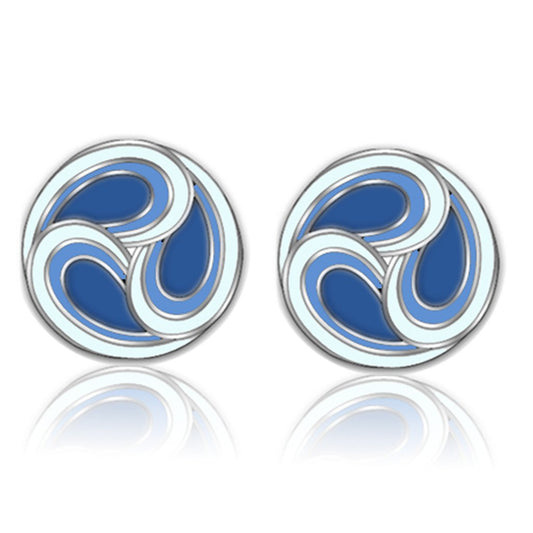Finding your perfect ring size is the very first step in choosing a piece you’ll love and wear for years, and the good news is, you don’t need a special trip to a jeweler to get it right. All it takes is a few simple tools you probably already have lying around the house.
An accurate measurement is the difference between a ring that feels like a part of you and one that ends up lost or stuck in a jewelry box. This guide will walk you through the most reliable DIY methods, providing practical advice so you can shop with total confidence for your next treasure.
So, How Do I Find My Ring Size at Home?
There are two tried-and-true approaches to figuring out your ring size from the comfort of your home. You can either measure a ring you already own that fits perfectly, or you can measure your finger directly. To help you choose the right approach, let's break down these two key methods.
- Using a Ring That Already Fits: This is our go-to recommendation, especially if you're buying a ring as a surprise gift. It's often the most foolproof way to get an accurate size because it’s based on a fit you already know is comfortable.
- Measuring Your Finger Directly: This is a great alternative when you don’t have a perfectly fitting ring to use as a reference. It’s straightforward and perfect for first-time buyers, though it requires a bit more care to get just right.
For a quick comparison, this table lays out the pros and cons of each approach, helping you decide which method works best for your situation.
Quick Guide to Home Ring Sizing Methods
| Method | What You Measure | Best For | Pros | Cons |
|---|---|---|---|---|
| The Existing Ring Method | The internal diameter of a ring that fits well. | Surprise gifts; when you have a reference ring you love the fit of. | Highly accurate if the reference ring is a good fit and has a similar band width. | Only works if you have a ring that fits the correct finger; band width differences can affect size. |
| The String or Paper Method | The circumference of your finger at the base. | First-time ring buyers; when you don't have a ring to measure. | Easy to do with common household items. | Less precise; can be tricky to get the right tension (not too tight, not too loose). |
No matter which path you choose, the goal is the same: to find a size that feels comfortable and secure all day long. Getting it right is especially critical for those milestone pieces that are meant to last a lifetime.
Expert Tip: Sizing for an engagement ring can be particularly tricky. For more detailed advice on getting that once-in-a-lifetime purchase perfect, check out our comprehensive engagement ring size guide.
With a precise measurement in hand, you're ready for the fun part. You can now confidently explore our diverse collection of 925 Silver Jewellery Rings and find a piece that feels like it was made just for you.
Using an Existing Ring to Find Your Size
Have a ring that already fits the intended finger perfectly? You're in luck. This is hands-down one of the most reliable ways to get an accurate ring size, especially if you're planning a surprise. No need to sneakily wrap string around their finger while they sleep—you can get a precise measurement without raising any suspicion.
The trick is to make sure the ring you're using is actually worn on the correct finger and has a similar band width to the one you plan on buying. A super-wide band will fit differently than a delicate, thin one.
Once you’ve got the right ring, there are two simple ways to get its size. The first uses a printable sizing chart, and the second involves a ruler or, for the most accurate reading, a digital caliper. Both work well, but you have to be careful to avoid a few common mistakes.
The Printable Chart Method
You’ve probably seen these online—printable charts with circles for each ring size. The idea is simple: print the chart, then lay your ring over the circles until you find one that lines up perfectly with the inside edge of the band.
Before you even think about measuring, you must confirm the chart printed at 100% scale. If it's even slightly off, your measurement will be wrong. Most good charts include a ruler on the page that you can check with a physical ruler to make sure it printed correctly. Don't skip this step!
This infographic gives you a quick look at the kind of simple tools you'll need to get started at home.
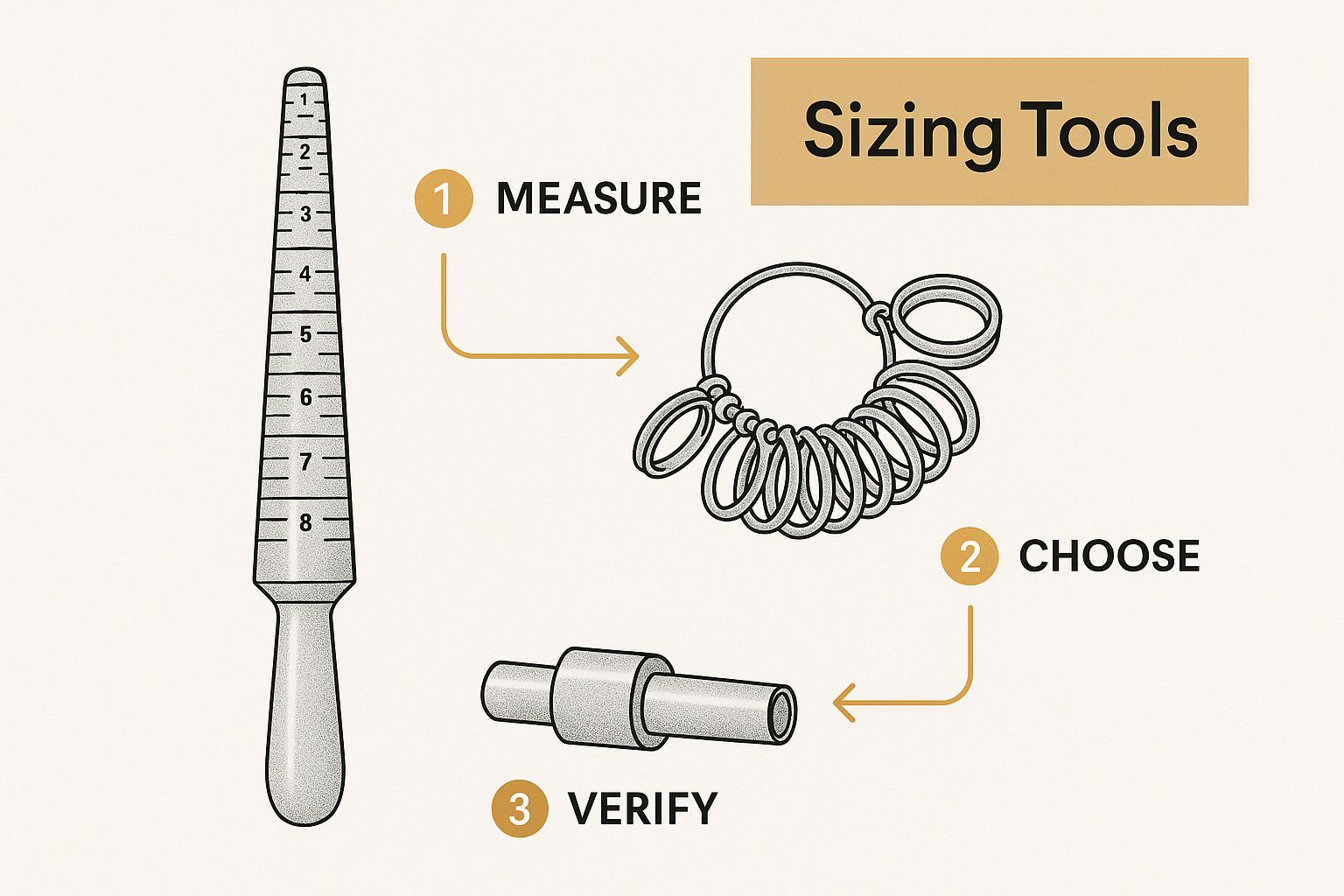
As you can see, you don't need a fancy setup. The most important tool is just paying close attention to the details.
The Ruler or Caliper Method
This approach is even more straightforward. Just lay the ring flat and use a ruler to measure the internal diameter. That’s the distance straight across the middle of the ring, from one inside edge to the other.
Make sure you measure in millimeters—it’s far more precise, and even a fraction of a millimeter can mean a different size. For example, an internal diameter of 17.3 mm is a standard US size 7. Once you have this measurement, you'll compare it to a ring size conversion chart to find your size.
For unmatched precision, a digital caliper is your best friend. It eliminates any guesswork from reading tiny ruler lines and gives you an exact digital measurement of the ring's internal diameter. This is the tool jewelers trust, and you can find affordable options online. A quality digital caliper is a smart investment for anyone who loves jewelry.
No matter which method you go with, using a ring that already fits is a solid way to find the right size. Just take your time and double-check your numbers before you click "buy."
How to Measure Your Finger Directly
So you don’t have a perfectly fitting ring to use as a reference? No problem at all. Measuring your finger directly is a straightforward alternative you can handle with a few things you probably already have lying around the house. This method is perfect for first-time ring buyers or anyone starting from scratch.
To get started, you’ll need a piece of string, some dental floss, or a thin strip of paper. The most important thing here is to use something that won’t stretch—an elastic material will give you a smaller, inaccurate measurement. You’ll also want a pen and a ruler that shows millimeters.
Getting the Measurement Right
First, wrap your string or paper around the base of the finger where you plan to wear the ring. You want it snug enough that it won't slide off, but not so tight that you can't get it over your knuckle. This is where most people go wrong; if it’s too tight at the base, the ring will never make it on.
Once you’ve found that sweet spot, use your pen to mark where the end of the string or paper overlaps. Then, just lay it flat against your ruler and measure the length from the end to your mark in millimeters. That number is your finger's circumference.
A common question is when to measure. Your fingers naturally swell throughout the day and in warmer weather. For the most accurate result, measure your finger at the end of the day when it's at its largest. This simple trick helps you avoid choosing a size that ends up being uncomfortably tight.
From Millimeters to Ring Size
Once you have your circumference in millimeters, you’ll use a ring size conversion chart to find the corresponding ring size. You can easily find these charts online or use the one provided later in this guide. Precision is everything here, as even a small miscalculation can lead to a poor fit.
For an extra layer of confidence, you might find our guide on using ring sizers online helpful. Many jewelers, including us at Precious Pulse Jewelry, offer affordable and easy-to-use plastic ring sizers that take the guesswork out of the equation completely.
Critical Mistakes to Avoid When Sizing
Getting the right ring size is about more than just wrapping a string around your finger. A few common, seemingly small mistakes can completely throw off your measurement, leaving you with a ring that’s either painfully tight or dangerously loose.
One of the biggest culprits? Temperature. Your fingers naturally swell in the heat and shrink in the cold. Measuring first thing in the morning when you’re still a bit puffy from sleep or right after you’ve come in from a brisk walk is a recipe for an inaccurate size.
For the most reliable measurement, always size your finger at the end of the day. By then, your body temperature has stabilized, and your fingers are at their largest natural size. This one simple tweak makes all the difference for a comfortable, all-day fit.
Dealing with Knuckles and Band Width
Another classic issue is what jewelers call the "knuckle problem." If your knuckle is noticeably wider than the base of your finger where the ring will sit, you have to find a size that can slide over it without being too sloppy once it's on. The goal is a fit that’s just snug enough to get over the knuckle, then rests comfortably at the base.
The width of the ring's band also plays a huge role in how it feels. A wide, bold band covers more skin and will feel much tighter than a delicate, thin band of the very same size. It’s a lot like clothing—a chunky sweater fits differently than a thin t-shirt.
You’ll want to compensate for this difference:
- For wide bands (6mm or more): It’s smart to go up at least a half size.
- For very wide bands (8mm or more): You might even need to go up a full size to get that perfect, comfortable fit.
Overlooking these details is one of the most common reasons for sizing regrets. But if you do end up with a less-than-perfect fit, don't panic—there are usually good solutions. For a complete guide on your next steps, check out our advice on what to do if your engagement ring size isn't right.
Navigating International Ring Size Charts
You've got your measurement in millimeters—nice work! Now for the final piece of the puzzle: translating that number into a standard ring size. This is where a lot of people get tripped up, because a size 7 in the United States is a completely different fit from a size 7 in Japan.
Shopping for a ring online or while traveling opens up a world of incredible options, but it also means you’ll bump into different sizing systems. The secret is knowing how to convert your measurement to the local standard. Without the right conversion, you could end up with a ring that’s painfully tight or frustratingly loose, no matter how precise you were at the start.
Making Sense of Global Sizing
The two most common systems you'll run into are the numerical scale used in the US and Canada and the alphabetical one used in places like the UK and Australia. To make things even more interesting, many European countries use a system based on circumference in millimeters (e.g., a size 55 is 55mm around). Before you even start browsing, having a reliable conversion chart ready is a must.
Don't let a different sizing system stop you from buying a ring you love from an international jeweler. Knowing your size in a few key systems empowers you to shop globally with total confidence and precision.
Below is a straightforward chart to help you see how your measurement lines up with the most common international sizes. Just find your diameter in millimeters to see its corresponding size across the globe.
International Ring Size Conversion Chart
This data table helps you convert your ring size between the US/Canada, UK/Australia, and European standards, alongside the corresponding diameter in millimeters.
| Diameter (mm) | US & Canada Size | UK & Australia Size | EU Size |
|---|---|---|---|
| 14.9 mm | 4 | H ½ | 47 |
| 15.7 mm | 5 | J ½ | 50 |
| 16.5 mm | 6 | L ½ | 52 |
| 17.3 mm | 7 | N ½ | 55 |
| 18.2 mm | 8 | P ½ | 57 |
| 19.0 mm | 9 | R ½ | 60 |
| 19.8 mm | 10 | T ½ | 62 |
| 20.6 mm | 11 | V ½ | 65 |
| 21.4 mm | 12 | Y | 67 |
Now that you're armed with this info, you’re ready to find the perfect fit, no matter where your search for the perfect ring takes you.
Here at Precious Pulse Jewelry, we use standard US sizing. Once you've figured out your correct size using the methods above, finding your match in our stunning collections will be a breeze.
Still Have Questions About Ring Sizing?
Even with the best tools and tips, a few common questions always seem to pop up right when you think you’ve got it figured out. Let's tackle the final dilemmas that can make or break the perfect fit, so you can feel completely confident in your choice.
What Should I Do If I’m Between Two Sizes?
This happens all the time. If your measurement lands squarely between two sizes, our advice is almost always the same: go with the larger size.
A ring that's a tiny bit loose is infinitely more comfortable (and wearable) than one that’s constricting your finger. This is especially true if you’re eyeing a wider band (anything over 6mm) or if your knuckles are more prominent than the base of your finger. A little extra room makes all the difference, and a slightly loose ring is much easier for a jeweler to adjust than one that is too tight.
Does Time of Day Really Affect My Ring Size?
Yes, absolutely. It’s not an old wives' tale—it can have a huge impact on your measurement.
Your fingers naturally swell and shrink throughout the day due to temperature and activity. For the most accurate reading, measure your finger in the evening when it’s likely at its largest. If you measure first thing in the morning or when your hands are cold, you’re almost guaranteed to end up with a ring that’s too small. This single step is one of the most important for getting a comfortable, long-lasting fit.
Getting the size right the first time has become a key part of the modern, conscious consumer's buying experience. With trends like self-purchases accounting for over 25% of diamond ring sales, precision is paramount. You can learn more about jewelry market trends here.
Ready to put that perfect measurement to use? Explore the stunning and affordable collections at Precious Pulse Jewelry and find your next favorite piece today. Visit us at https://preciouspulsejewelry.com.
